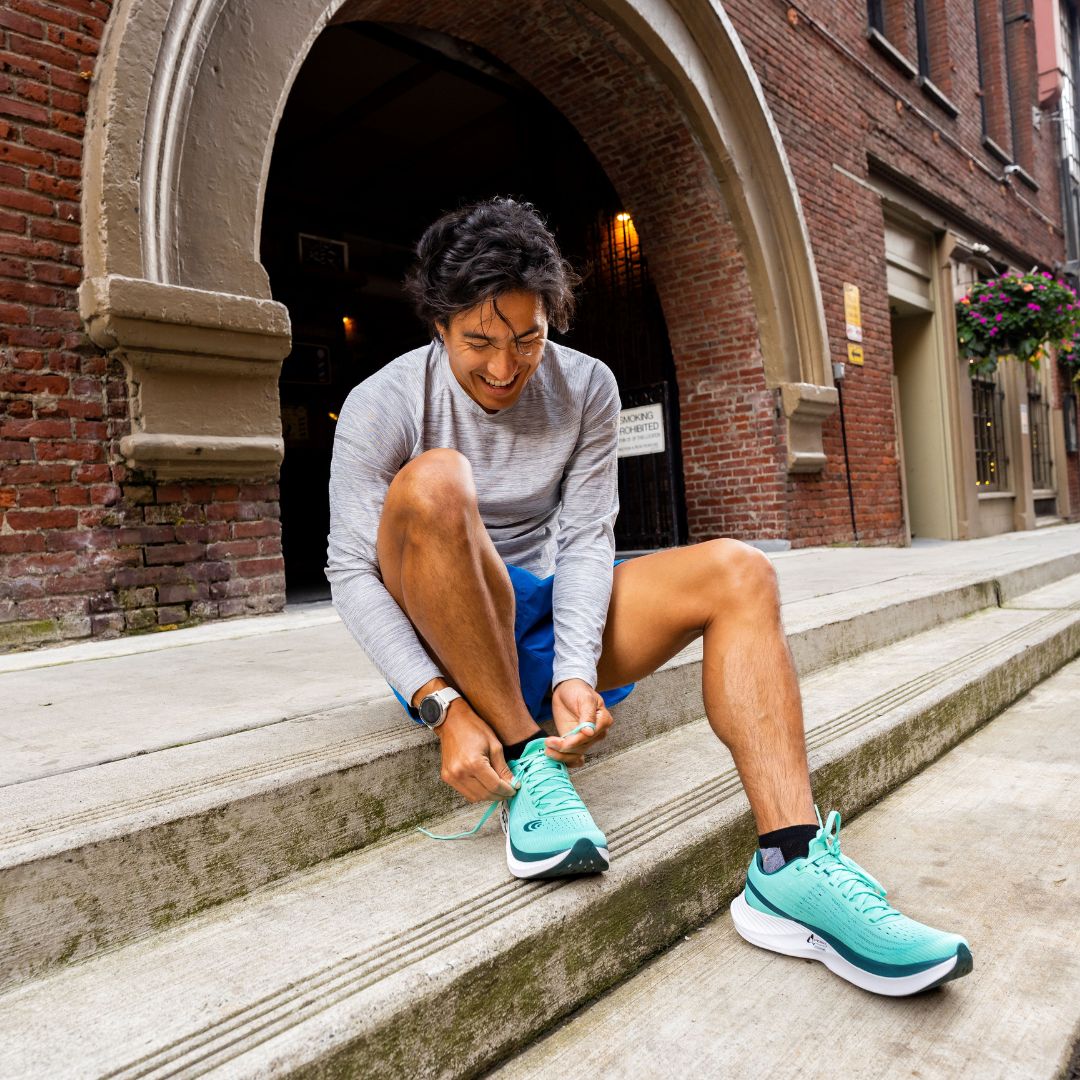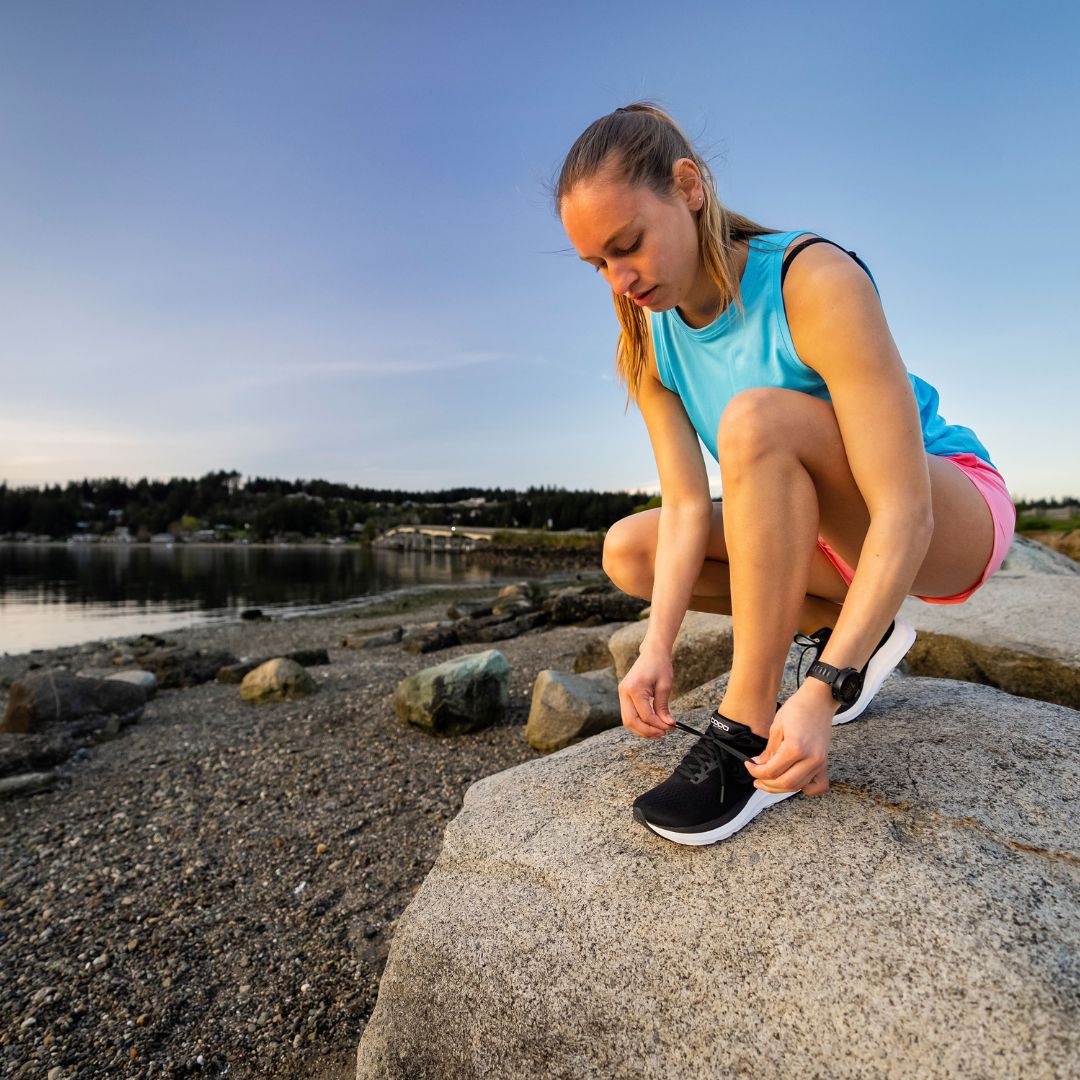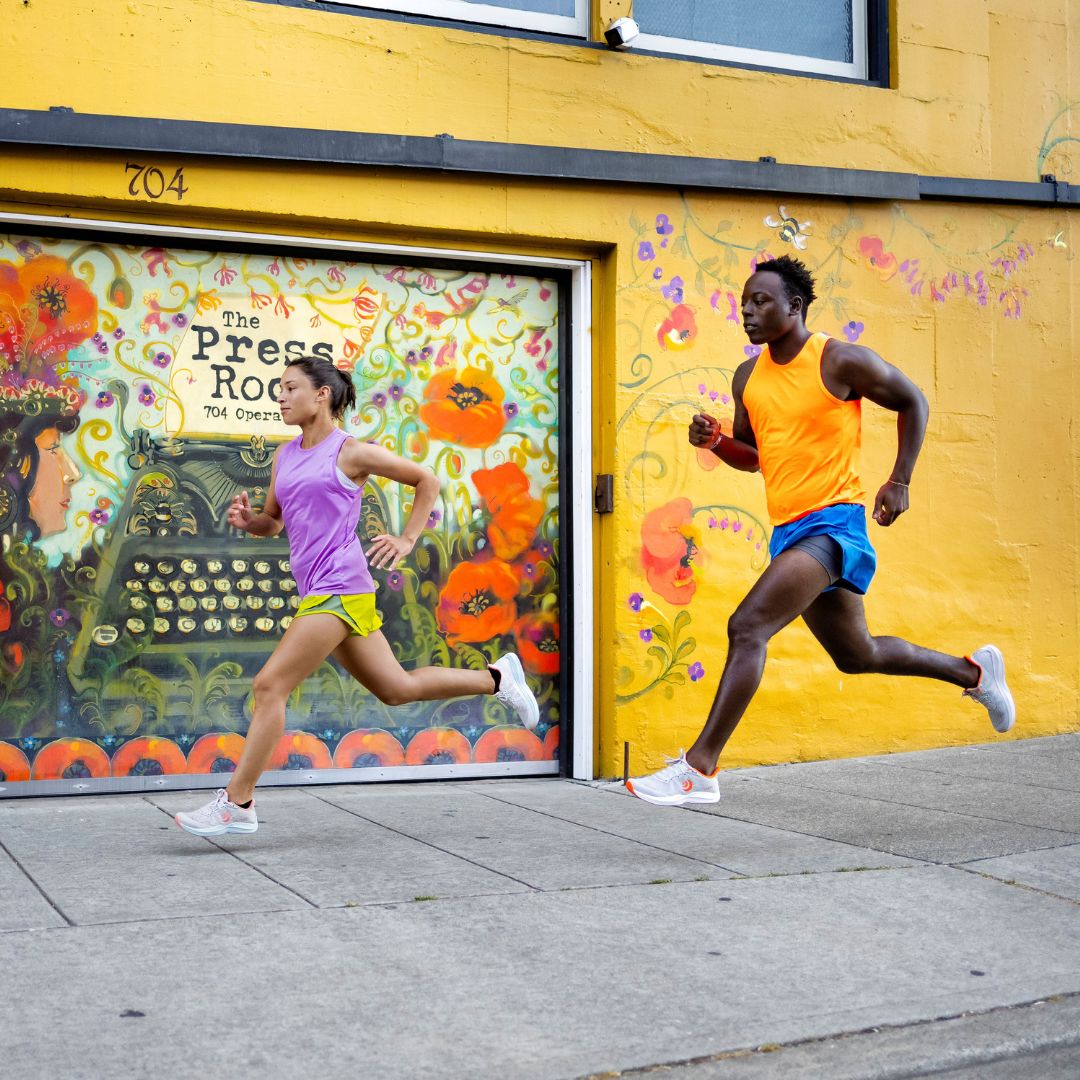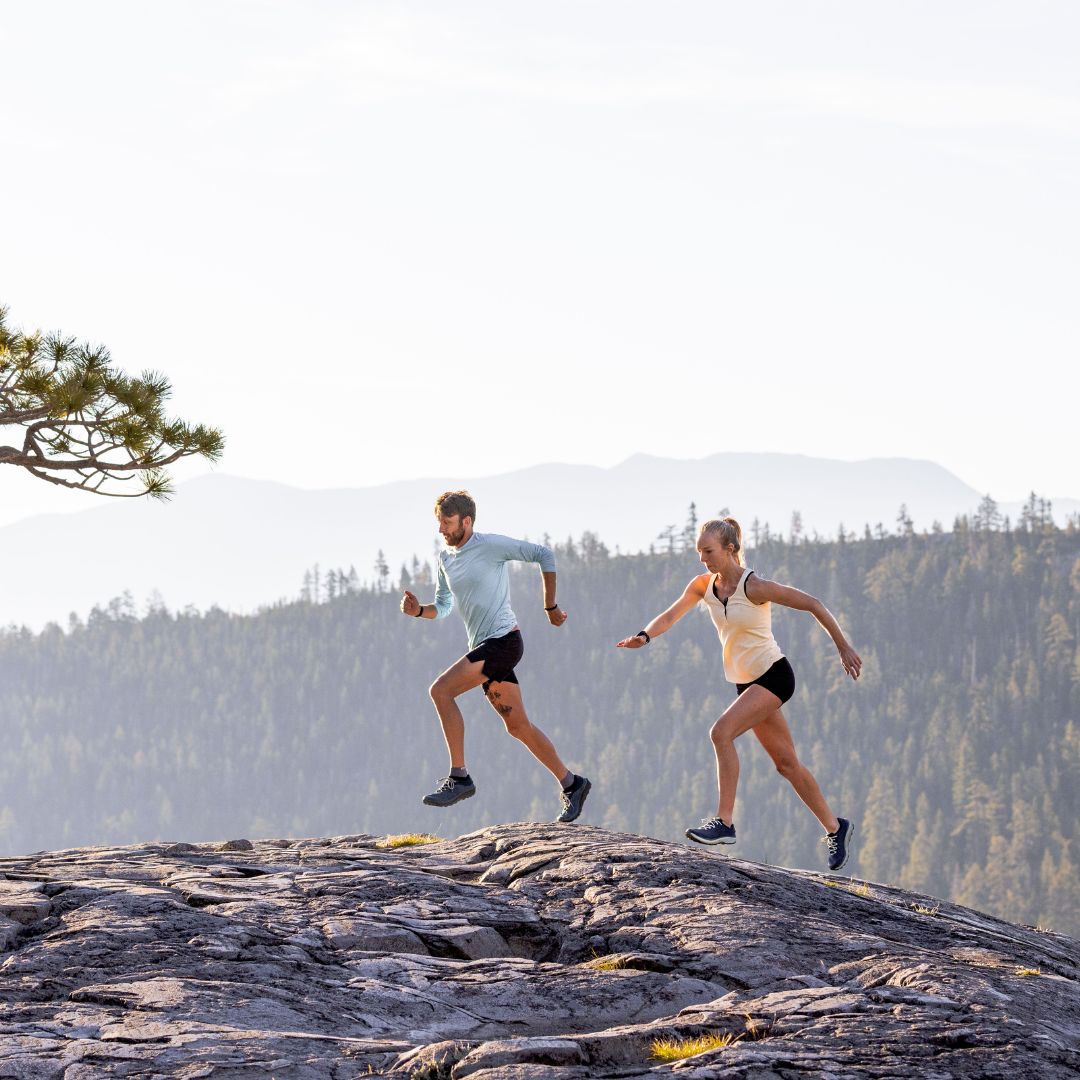TRAIL SHOE GUIDE

Cross-country running is a challenging and exciting form of exercise that strengthens the body's core muscles, balance and coordination. By running in varying and uneven terrain conditions, you can improve your endurance and mental focus. Cross-country running also gives you the opportunity to explore nature in a new way and enjoy its beauty. It is a challenging and rewarding form of exercise that can help you improve your health and well-being.
When it comes to cross-country running, it is important to have the right equipment and above all the right shoes - We at Topo Athletic have therefore put together a guide so you know what is good to consider when buying cross-country shoes:
- Terrain type: Consider the type of terrain you will be running on, for example rocky ground, soft mud, mountains or sand dunes. If you are going to run on wet, soft and loose surfaces such as sand, dirt and in the forest, you should have a pair of cross-country running shoes that have rough studs to get a good grip, such as Ultraventure Pro. If you will instead be running on dry and firm ground such as solid forest paths, rocks and stones, then running shoes with flatter studs that fit tightly are a better option. There is also another option if you will be running a lot in varying terrain. Then it is advantageous to buy a pair of shoes that have a little of both parts, they have good grip to cope with softer surfaces but at the same time not so much profile under the sole and therefore cope with harder surfaces.
- Grip: The shoes must have a good grip to avoid slipping or losing your footing on an uneven surface. The sole should be patterned and have a good grip and that's why all our trail shoes have Vibram® outsoles.
- Damping: Think about how much cushioning you want your trail shoes to have. A lot of shock absorption in a trail shoe can be beneficial when you have to run longer distances or on hard surfaces. Even people who have just started trail riding usually prefer shoes with a lot of shock absorption because it increases comfort. The disadvantage of a lot of cushioning is that there is a lot of material between the foot and the surface, which reduces ground contact. Shoes with a lot of shock absorption are therefore not very good for very technical terrain, but are better suited for smoother surfaces. For those who want cross-country running shoes with a lot of shock absorption, we recommend Ultraventure 3. Shoes with less shock absorption give a better feel of the surface, which is then good for technical running and uneven terrain. On the other hand, it can be more taxing on the feet and the body. Terrain shoes with less shock absorption are therefore most suitable for experienced runners or shorter runs.
- Fit: The shoes should fit well on the foot to avoid chafing or damage. Make sure the shoes have enough room for the toes and that the heel fits properly. The advantage of a pair of terrain shoes from Topo Athletic is that our shoes are designed with fit and room for the toes, read more about the difference with Topo here.
- Weight: Trail running shoes should be light and flexible so that you can move quickly and smoothly over the terrain.
- Water tightness: If you plan on running in wet or wet terrain, you should choose shoes that are waterproof to avoid wet feet.
Keeping these factors in mind when shopping for trail shoes can help you choose the right shoes for your run and reduce the risk of injury. Find your new trail shoes and experience nature in a completely new way.







